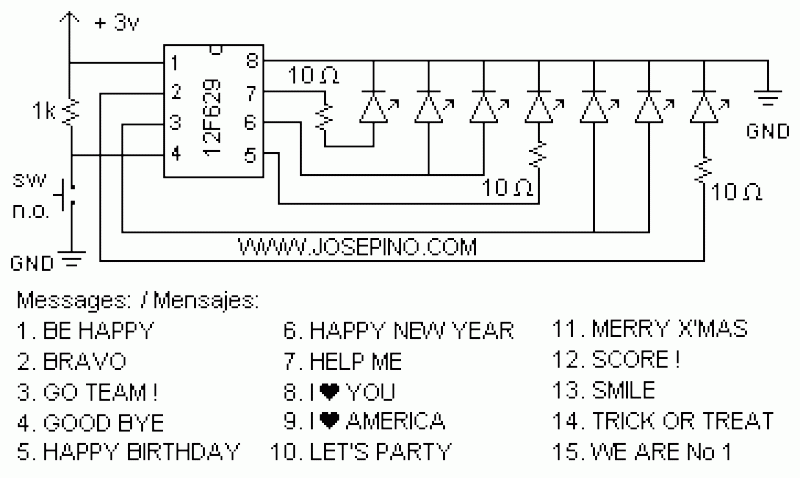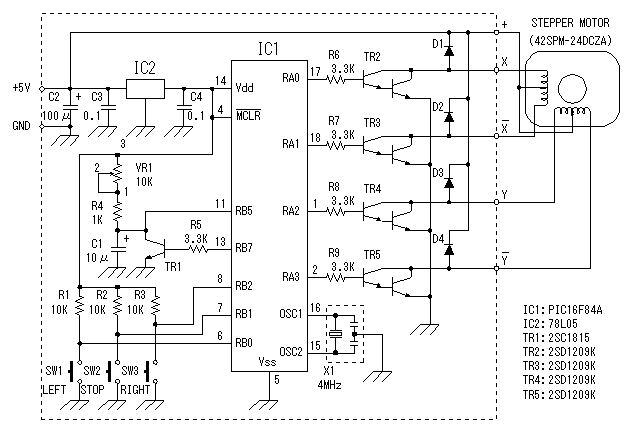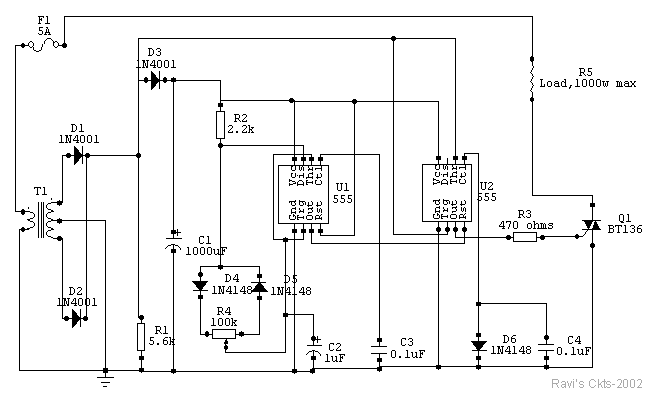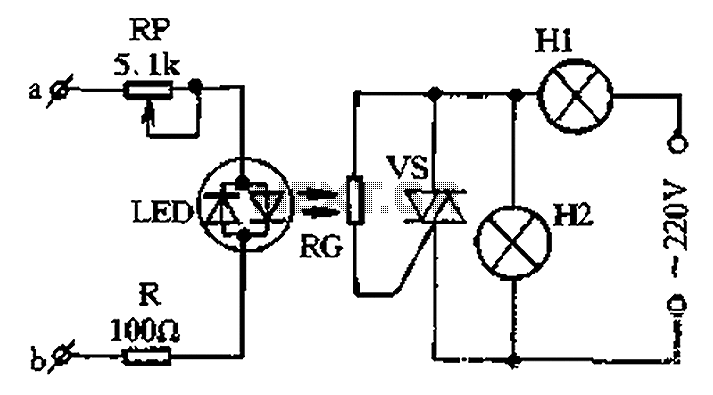
Audio-Powered Tape Recorder Controller

A tape recorder can be controlled by rectifying the audio input and driving an IRF511 power MOSFET to switch the tape recorder on when audio is present. This circuit was used with a communications receiver to record intermittent transmissions, such as aircraft and repeater output.
The described circuit utilizes an audio detection mechanism to automate the operation of a tape recorder. The core component, an IRF511 power MOSFET, serves as a switch that activates the tape recorder in response to audio signals. The circuit begins with an audio input, which is typically derived from a communications receiver. This audio signal is then rectified to convert the AC audio waveform into a DC voltage level that can control the MOSFET.
The rectification process can be achieved using a diode bridge or a single diode, depending on the desired complexity and efficiency of the circuit. The rectified output is then filtered using a capacitor to smooth out any voltage fluctuations, providing a stable DC signal to the gate of the MOSFET. The IRF511, known for its low on-resistance and high-speed switching capabilities, is well-suited for this application. When the rectified audio signal exceeds a certain threshold, it triggers the MOSFET to close, allowing current to flow to the tape recorder, thus activating it.
Additional components may include resistors for gate biasing and capacitors for further signal conditioning. A potentiometer can be integrated into the circuit to adjust the sensitivity of the audio detection, allowing for customization based on the specific audio source being monitored.
This circuit is particularly useful in scenarios where recordings of intermittent transmissions are required, such as in aviation communications or radio repeater outputs. The automation provided by this setup ensures that the tape recorder only operates when there is relevant audio, thus conserving tape and ensuring that recordings are made only during significant transmissions. Overall, this design presents a practical solution for capturing important audio signals without manual intervention. A tape recorder can be controlled by rectifying the audio input and driving an IRF511 power MOSFET t o switch a tape recorder on when audio is present. This circuit was used with a communications receiver to record intermittent transmissions (such as aircraft, repeater output, etc.).
The described circuit utilizes an audio detection mechanism to automate the operation of a tape recorder. The core component, an IRF511 power MOSFET, serves as a switch that activates the tape recorder in response to audio signals. The circuit begins with an audio input, which is typically derived from a communications receiver. This audio signal is then rectified to convert the AC audio waveform into a DC voltage level that can control the MOSFET.
The rectification process can be achieved using a diode bridge or a single diode, depending on the desired complexity and efficiency of the circuit. The rectified output is then filtered using a capacitor to smooth out any voltage fluctuations, providing a stable DC signal to the gate of the MOSFET. The IRF511, known for its low on-resistance and high-speed switching capabilities, is well-suited for this application. When the rectified audio signal exceeds a certain threshold, it triggers the MOSFET to close, allowing current to flow to the tape recorder, thus activating it.
Additional components may include resistors for gate biasing and capacitors for further signal conditioning. A potentiometer can be integrated into the circuit to adjust the sensitivity of the audio detection, allowing for customization based on the specific audio source being monitored.
This circuit is particularly useful in scenarios where recordings of intermittent transmissions are required, such as in aviation communications or radio repeater outputs. The automation provided by this setup ensures that the tape recorder only operates when there is relevant audio, thus conserving tape and ensuring that recordings are made only during significant transmissions. Overall, this design presents a practical solution for capturing important audio signals without manual intervention. A tape recorder can be controlled by rectifying the audio input and driving an IRF511 power MOSFET t o switch a tape recorder on when audio is present. This circuit was used with a communications receiver to record intermittent transmissions (such as aircraft, repeater output, etc.).





